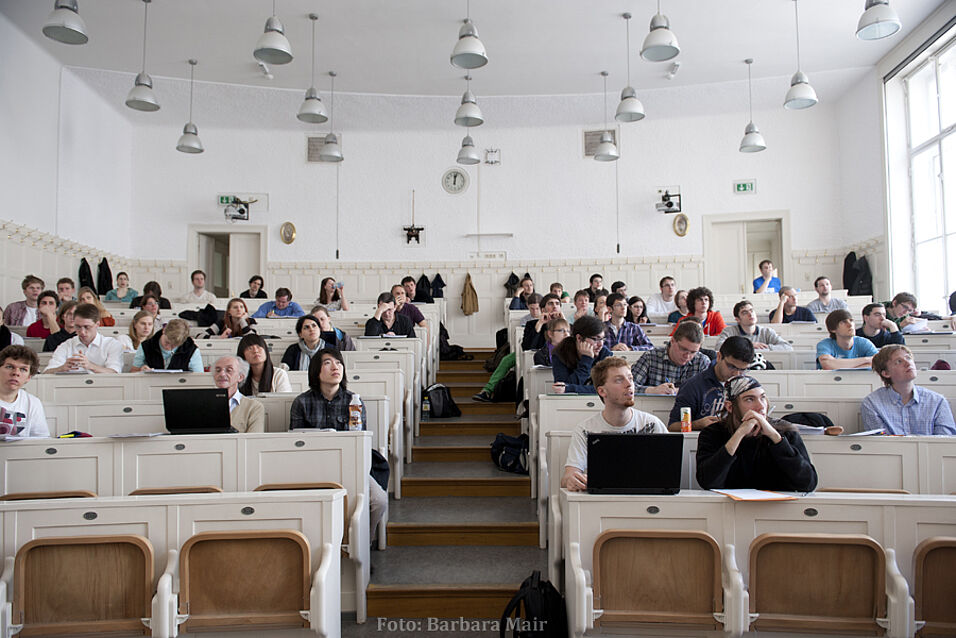Describing strongly interacting electrons is one of the crucial challenges of modern quantum physics. A comprehensive solution to this electron correlation problem would simultaneously exploit both the pairwise interaction and its spatial decay. By taking a quantum information perspective, we explain how this structure of realistic Hamiltonians gives rise to two conceptually different notions of correlation and entanglement. The first one describes correlations between orbitals while the second one refers more to the particle picture. We illustrate those two concepts of orbital and particle correlation and present measures thereof. Intriguingly, our results for different molecular systems reveal that the total correlation between orbitals is mainly classical, raising questions about the general significance of entanglement in chemical bonding. We also speculate on a promising relation between orbital and particle correlation and argue that this may replace the obscure but widely used concept of static and dynamic correlation. Finally, we explain how these novel research concepts motivate our long-term research programme at the interface of quantum many-body physics and quantum information theory.
Christian Schilling (Munich): A unifying Perspective on the Electron Correlation Problem

Foto: Barbara Mair
